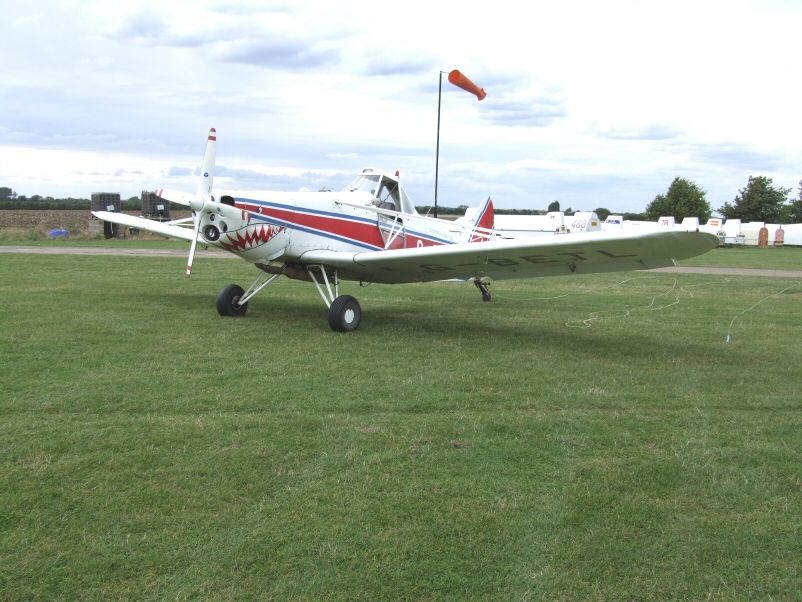When is a precision vise not a precision vise? When it's exactly what you found. But advertising specializes in half truths if not direct lies. This is a fairly long thread, and I did read all but the OT posts. There seems to be a bit too much posted here where people don't seem to quite understand logic and basic thinking about economics though. There is and never will be any such thing as good, accurate, and cheap.
To name just two people, I've been reading both John Stevenson's and Jasons posts for a long time. Both without fail always freely offer as much of their experience as possible. And both have a very large amount of that experience that anyone here with a lesser amount would do very well to pay close attention to what they have to say. You might even learn something if you ever get past your own personal biases.
I certainly don't expect anyone here to embrace my way of doing things since everyone is of course different.
But even with this being a hobby for most. Exactly why does that mean were under no need to do our own product research? I guess if you don't own a computer, then you'd have some reasons for not being able to do it as well as those who do. I doubt anyone here are managing to get their own thoughts posted here by or with a crystal ball. So…………………………………..
I've slowly learned by a lot time, trial and error, and wasted money that there are areas where you DO NOT buy on price alone. Work holding would be just one of those. Shortly after buying my Taiwan built Bridgeport clone, I bought two 4" capacity Kurt style Chinese built mill vises. Due to my job at the time, it was over a year before I was even able to get them bolted down to the mill table. And I used one of those vises exactly once. The fixed jaw deflection, trueness of that fixed jaw, internal machining, or to be more honest, the lack of internal machining never mind accurate grinding, etc,etc. All of it added up to a pair of vises that were useless. Yes I can or I could remachine them to be much better than they are now. But I can't fix the basic bondo filled weak castings, or the quality of the cast iron that was used either. They look ok, it's when you start to actualy dig into them when you find out there not even a basic casting kit that can be reworked to be suitable. I then bought what I knew very well I should have but didn't to begin with. A matched pair of Glacern 615's. At $1,000 plus shipping for the pair of them, it really did hurt my wallet. But I won't ever need better no matter what work shows up given the accuracy an average Bridgeport type mill is capable of producing. These vices are fully able to match and exceed anything myself or this mill is capable of. But I bought them after a lot of research about what would get me the most performance for my money. That was also buying a nessisary product and using proper logic while doing so. Even at the hobby level, everything we do should be based on the bare minimum of using some logic.
Yes I fully understand the problems that the entry level people are going through in regards to choosing tooling or even paying for it since there is so much that seems to be needed right away even to do the most basic of jobs. I can't help you with that problem. I can list some of my experience, and it's then up to them to pay attention to it or not.
I've always made a point of buying the very best metrology equipment I can afford since if I can't depend on reliable readings and measurements, then I may as well just use a carpenters tape measure. So far that idea has worked well.
But I've personally decided for myself after buying those worthless mill vises that I can no longer afford to buy cheap, or to word it a bit better? Poorly built tooling or cutting tools. And I've yet to buy anything at a cheap price for this hobby that was worthwhile. That was a hard and expensive lesson to finally learn, but it was a true one. Yes it does hurt a bit to make a point of buying proper industrial quality. But it hurts far more to buy junk to begin with and then replace it with what's really required. And those much higher cost cutting tools work out cheaper due to there dureability, faster metal removal rates, and much better finishes. Our usual lower horse power equipment can also stand all the help they can get by using tools that do come as proper and real high quality HSS or Carbide, and then they even come properly sharpened. And before you protest that you can't afford that industrial quality because this is after all just a hobby? If you haven't actually tested some of it, then just how do you know and exactly how do you think any of your points of view about them are even valid or logical? In fact, if you haven't tried any of it, then you don't have enough experience to say if I'm even right or wrong. Tooling is exactly the same. "It's only a hobby, better isn't needed" Uh huh, and when something shows up that does need better?
All high quality tooling should list some specifications for accuracy, runouts, etc. A mill vise for example should list just how true the bed and fixed jaw is. But when tooling doesn't have any specifications listed. I just don't buy it. What are your complaints then? You have nothing measureable to check or judge it against.
Pete
 Neil Wyatt.
Neil Wyatt.





